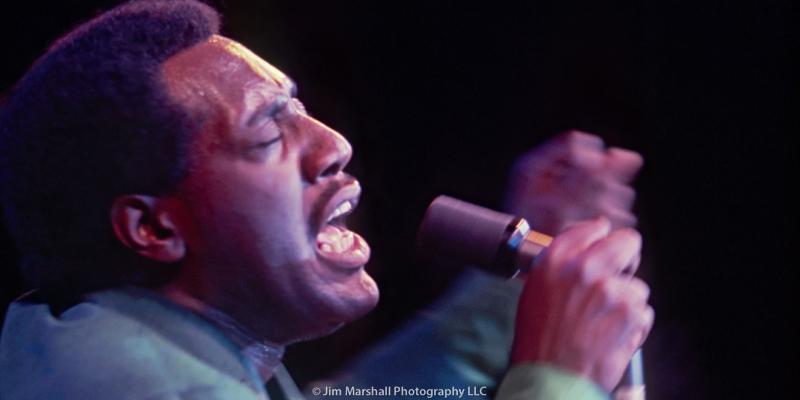From PopMatters
By Christopher John Stephens
Street photographers are a furtive bunch, anonymous to the subjects they capture in their swirls of grief, protest, celebration, or contemplation. Their anonymity amongst crowds does not necessarily mean, however, that they are unseen. Most of the great street photographers, like Henri Cartier-Bresson, Vivian Maier, and Walker Evans, caught magical moments because they connected with their subjects. In the days before camera phones -- let alone a culture that could survive without "selfie sticks" -- the possibility of being captured in the middle of something (jubilation or devastation or everything in between) was intriguing. Beyond that, of course, was the ability of the greatest photographers to find a relationship with their subjects. This was often achieved through a simple gesture, a re-assuring voice, and an understanding of how to blend-in, when necessary.
In Jim Marshall: Show Me the Picture, by Amelia Davis (with additional essay contributions by Karen Grigsby Bates, Michelle Margretts, Joel Selvin, and Meg Shiffler), we get a full portrait of a master documentary photographer; a man who captured some stunning images at the early stages of the Civil Rights Movement and took that same sense of perspective from the Jazz festival and nightclub scenes of the early 1960s through that decade and into the next. Marshall might be best known for the cover shot of Peter Frampton, from behind, at the Day of the Green festival in August 1975; or the panoramic shot from high up in the rafters of the crowd at Woodstock six years earlier. But it's the anonymous intimacy of his work that really resonates. Take Shiffler's early reflections about Marshall's ability to connect with his subjects:
"In some of Marshall's most successful images…individuals catch him in the act of pointing his lens their way…The eyes of Marshall's knowing subject draw viewers into the very center of the frame, and everything else becomes secondary."
This becomes immediately clear to the reader. Marshall's subjects were as eager to be photographed as he was to tell their story via photography. For example, man and woman are outside a ravioli factory. She doesn't seem to know she's being photographed, but the man does. He looks knowingly inside Marshall's lens. The woman stares into the mirrored column, her back to the camera as she applies cream to her hands -- and she suddenly notices Marshall.
Read the full article at popmatters.com .
